AI at Work
Personalizing Retail Email Offers with AI Email Marketing Tools

Anika Gupta · Product Manager
July 23rd, 2025 · 11 min read

When promotional offers flood your subscribers' inboxes daily, they naturally become selective about what deserves their attention. With average retail email open rates hovering between 35-40%, email offers that look like generic ads simply won't cut it.
What do customers want instead?
Value. Personalization. Content that feels made just for them. Something they actually look forward to opening!
But personalizing these promotional emails for diverse audience segments is far from easy, particularly at scale.
This is exactly the problem AI email marketing tools are solving. AI tools can transform boring promotional messages into tailored offers that speak directly to each customer's unique needs.
Let’s take a look at how that works.
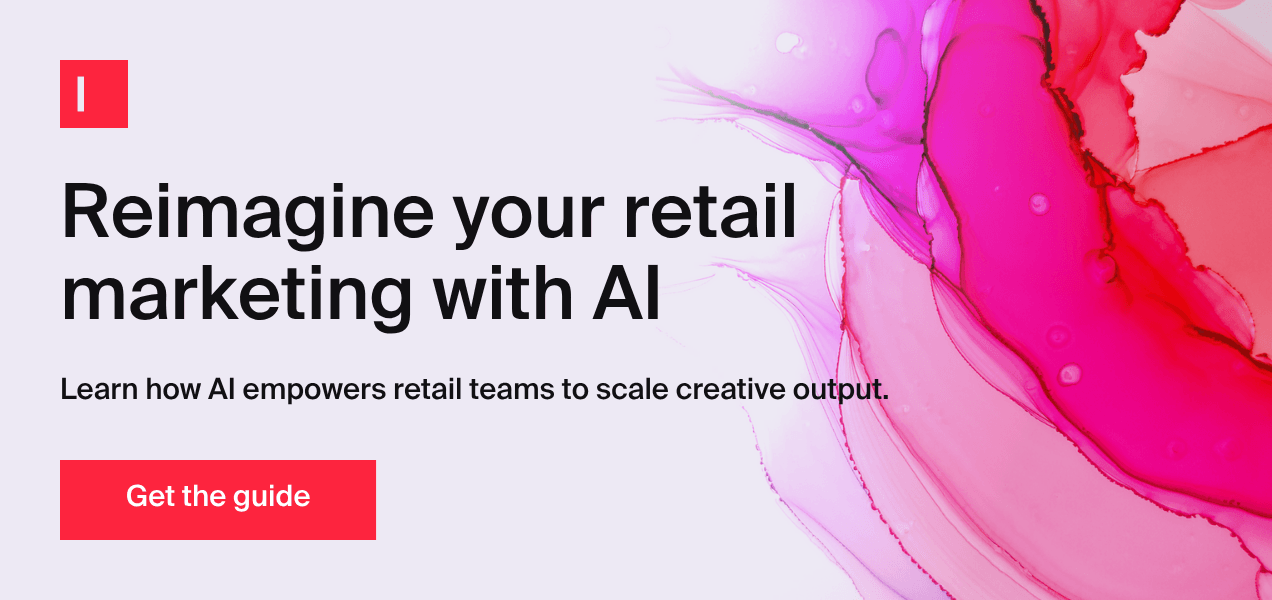
Why is personalization important in email marketing?
Personalization is crucial for email marketing (and really, in any marketing campaign) because it cuts through the noise that drives email fatigue, and helps improve campaign performance. When emails feel relevant to each recipient, you'll see higher open rates, better engagement, and a drop in unsubscribe rates.
Email is one of the most cost-effective marketing channels where everyone gets the same real estate in the inbox.
But email fatigue is absolutely real. There's a direct correlation between email fatigue and subscriber churn: subscribers who feel disengaged are more likely to ignore future messages and unsubscribe.
It might even lead to your emails getting marked as spam.
Personalization solves this problem. Instead of sending the same generic message to everyone, you're creating content that actually matters to each person. When someone opens an email that speaks directly to their interests or needs, they pay attention. They engage.
But, personalization is hard.
5 current challenges in personalizing retail emails (and how to solve them with AI)
The goal of email personalization is simple: get the right message to the right person at the right time.
Over the last few years, brands have made real progress on two-thirds of this equation. They have made significant investments in understanding their customer data and are becoming increasingly adept at figuring out what works across various platforms. They know who their customers are and when they're most likely to engage.
But here's where most teams hit a wall: actually creating all that personalized content. This creates a "personalization ceiling," where operational challenges prevent retailers from advancing beyond basic personalization tactics.
Here's a look at some of the challenges in email personalization and how AI email marketing tools can help address them:
Challenge #1: Scaling personalization efforts
As customers grow, manually creating, managing, and optimizing a high volume of uniquely personalized emails becomes exponentially more difficult. This can lead to a trade-off where personalization depth is sacrificed for reach, or vice versa.
AI solution: AI email marketing tools can generate on-brand, personalized email content at scale for countless micro-segments, freeing your team to focus on strategy instead of manual email personalization. This scalable approach ensures your personalization efforts can grow seamlessly alongside your business.
Challenge #2: Content recycling
When faced with high personalization demands but limited resources, marketing teams often resort to recycling the same email templates and content across multiple campaigns. While they may swap out product images or change a headline, the core messaging and layout remain virtually identical. This content recycling creates a stale experience for subscribers who receive multiple similar-looking emails without any unique aspects added to them.
AI solution: Instead of recycling your content, you can use AI to experiment with different layouts, messaging angles, and creatives that keep your email campaigns personally relevant to each recipient.
Challenge #3: Brand personality deficit
Emails that lack genuine brand personality can feel robotic and impersonal. These emails might feel interchangeable with competitors', failing to leave an impression beyond the immediate offer.
AI solution: Advanced AI email marketing tools can be specifically trained on a brand's existing style and guidelines. This allows the AI system to generate emails that inherently reflect the brand's personality, even when personalizing for different segments.
Challenge #4: Fragmented tools and siloed customer data
Marketing workflows are often spread across multiple disconnected platforms. As a result, your team ends up wasting valuable hours moving content between different platforms. On top of that, the customer data needed for personalization is siloed in separate systems (CRM, e-commerce platform, CDP).
AI solution: AI email marketing tools serve as a central hub where marketing, copy, and creative teams can create and collaborate on email content. AI can intelligently generate content directly within pre-designed email templates, making it easier to create personalized emails without needing separate design tools. Typeface can also connect with your CDP and other data sources to personalize your email content based on audience interests, behaviors, and even regional specifics.
Challenge #5: Workflow bottlenecks
Your marketing team has brilliant ideas for personalized email campaigns, but they hit roadblocks when it comes to execution.
They need the tech team to set up campaigns and the operations team to handle the sends. This back-and-forth creates delays and forces marketers to keep things simple rather than push creative boundaries.
Then there's the review process. Email variations are scattered across different tools, making it nearly impossible to see the big picture or catch mistakes before they go out.
AI solution: AI email marketing platforms make managing workflows much easier. They connect seamlessly with your existing systems, allowing your marketing team to launch approved campaigns without needing technical support. Plus, they provide a unified dashboard where you can view and compare all your email variations side-by-side in a single canvas (using Spaces). This means you can see precisely how your personalized content appears to different customer segments, without switching between tools.
How to personalize retail emails with AI email marketing tools
Consumers today expect brands to understand their unique preferences, and AI-powered email marketing platforms like Typeface make this level of individualization possible even with hundreds or thousands of subscribers.
Here’s a breakdown of all the steps involved in AI email personalization for retail emails.
Step 1. Foundation: Building a subscriber list
A clean, permission-based subscriber list is a non-negotiable for any effective email marketing strategy. Personalization alone cannot make up for sending emails to recipients who have no desire to hear from you. Your email list needs to include customers who actually care about what you're offering.
To build this subscriber list, there are several methods you can use:
Popup signup forms on high-traffic pages
Valuable content like e-books, whitepapers, or exclusive articles in exchange for contact details
Incentives like discounts, special offers, or rewards through customer loyalty programs to motivate customers to subscribe
Newsletter sign-ups via social media channels to capture attention and reach new audiences who might be interested in subscribing
With an engaged subscriber list, you can set a strong foundation for your retail email marketing efforts.
Step 2. Targeting: Segmenting your subscribers using AI
To deliver information and offers that are most relevant to a customer, it's always a good idea to group your subscribers based on shared characteristics and interests. For creating these meaningful segments, you can rely on various data points, including:
Demographic data: Basic information like age, gender, and location
Psychographics and interests: Deeper attributes like specific product category interests, preferred styles, values, and overall lifestyle
Engagement data: How they interact with your emails (opens, clicks) and website (pages visited, time spent)
Purchase history: Past purchases, how often and how recently they've bought, their average spending, and even products they've browsed but left in an abandoned cart
An email segmentation AI platform can further simplify how you approach segmentation. Take Typeface, for instance. It offers integrations to connect directly with your CDPs and CRMs, so you can pull in customer segments you've already built.
After a quick one-time setup using an API key to connect your CDP to Typeface, you can navigate to the Audiences section, click on 'Import', and choose your connector.

You can also choose how recent the audience import should be or turn on automatic syncing to keep the platform updated whenever new audiences are made or traits change.
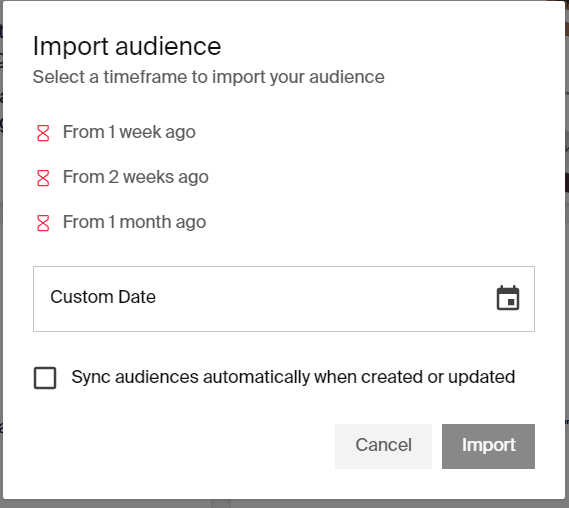
After you import the customer data, the platform transforms their key attributes and traits into detailed personas using natural language processing.
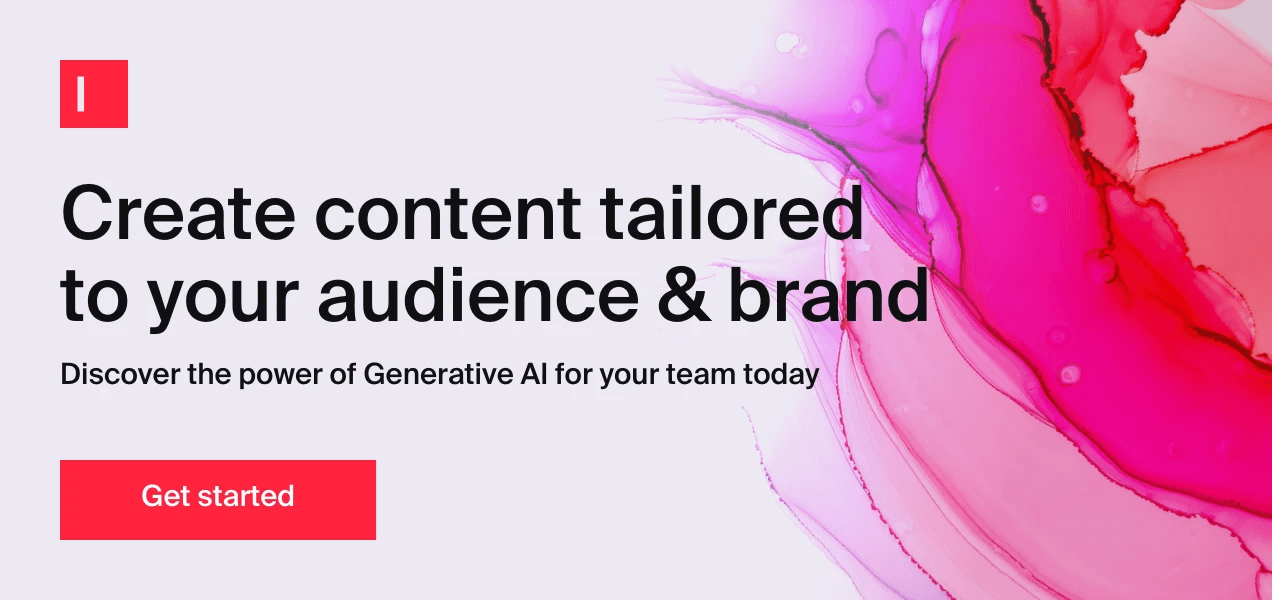
Step 3. Execution: Generating personalized content using AI email marketing tools
Once you're done with customer segmentation, it’s time to use AI email writer tools to generate targeted retail emails that cater specifically to each segment's unique needs and interests. These AI tools will analyze your audience data and whatever inputs you provide to develop initial drafts for email campaigns.
However, an advanced AI platform (like Typeface) takes email personalization to another level. It offers a far more comprehensive and integrated approach to personalize your retail emails.
With Typeface's Email Agent , you can generate single-touch emails or import an existing email copy to generate personalized variations localized for different customers.
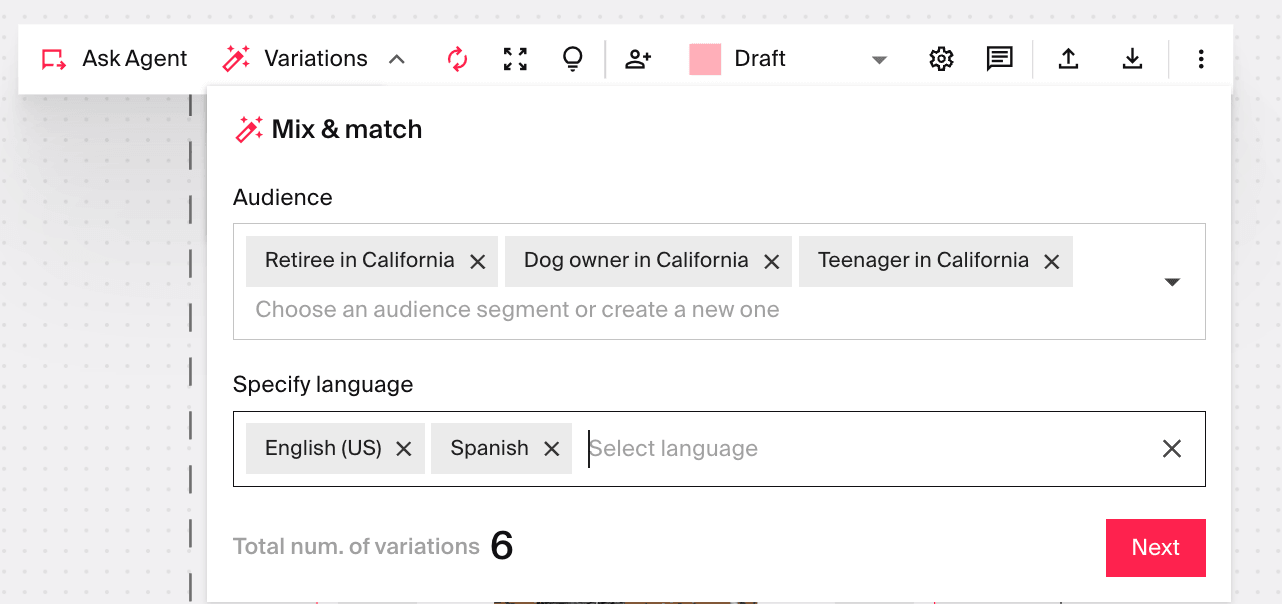
Based on your customer data, brand guidelines, product details, and campaign objectives, the AI creates multiple email variations with tailored messaging, offers, and visuals to suit the specific preferences identified for each segment.
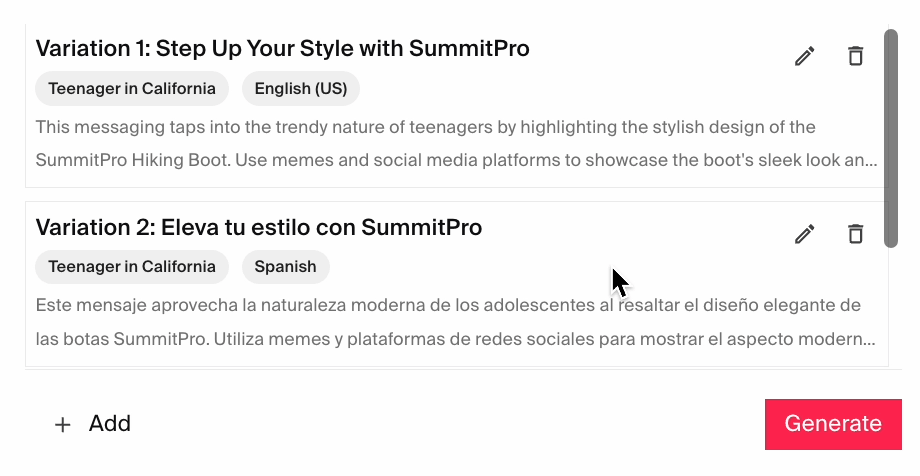
This gives you granular control over every part of these AI-generated emails.
Need to tweak just the subject line in one variation? Want to swap out a banner image or adjust the call-to-action? Duplicate and edit specific parts without making any changes to the rest of your carefully crafted message. Or, if you want to ideate emails and explore different approaches, generate all the suggested variations to conduct A/B variation analysis — whether you're targeting different audiences, adapting content for various languages, or simply testing alternative versions for the same recipient group.
You can also generate more email variations as needed.
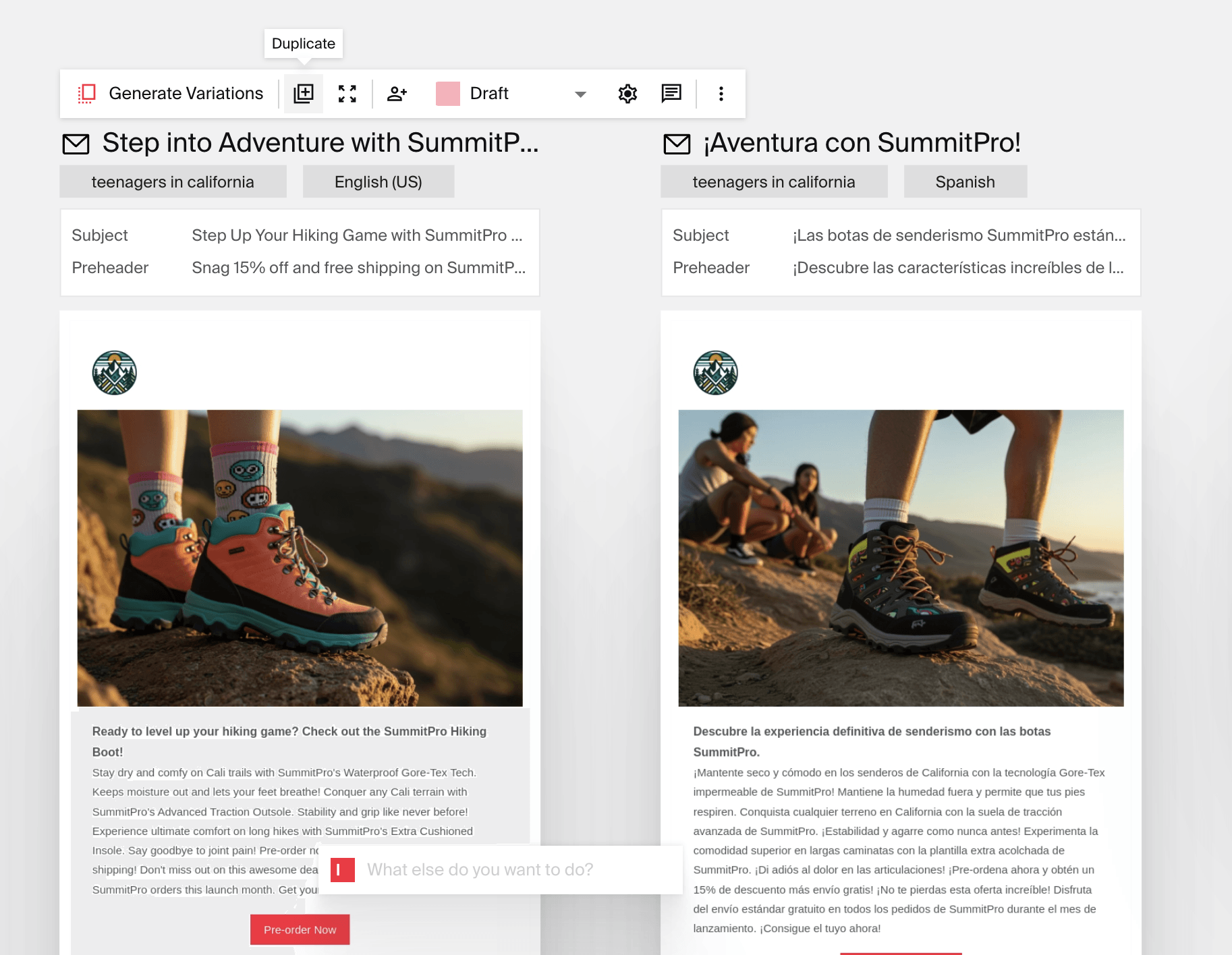
Once you've finalized emails for the campaign, you have several options:
Publish the content to your email campaign manager
Download it as PDF, HTML, or PNG
Download it as an Excel file to feed it to your Email Service Provider (ESP)
The advantage of using Typeface's Email Agent is its ability to manage and execute deeply personalized communications across numerous micro-segments simultaneously — a feat that would be manually overwhelming (or, more likely, just not possible). This allows you to move beyond broad categorizations to deliver truly individualized experiences at scale.
Move beyond basic retail email offers with AI
What makes AI email marketing tools powerful isn't just their efficiency — it's how they help retailers build genuine relationships with customers at scale and narrate their stories.
Typeface's AI Email Agent is reshaping the email marketing workflow by creating a seamless environment where you can ideate, create, personalize, review, and deploy emails all in one place.
Our AI delivers true personalization at scale, using deep customer insights to craft relevant messages that resonate individually. Meanwhile, our integrated brand intelligence ensures your voice stays consistent across all communications.
Book a demo with us today to learn more about how Typeface can help you unlock the next level of personalized retail email marketing.

Share
Related articles

AI at Work
5 Marketing Email Examples You Can Recreate with AI Email Generator

Akshita Sharma · Content Marketing Associate
February 5th, 2025 · 14 min read
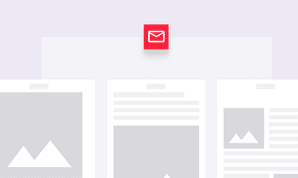
AI at Work
How to Use AI Email Generators for Marketing and Sales – A Complete Guide on AI for Email Writing

Akshita Sharma · Content Marketing Associate
December 5th, 2024 · 10 min read

AI at Work
40+ AI Email Prompts for Writing Marketing Emails That Drive Conversions

Akshita Sharma · Content Marketing Associate
July 23rd, 2025 · 21 min read